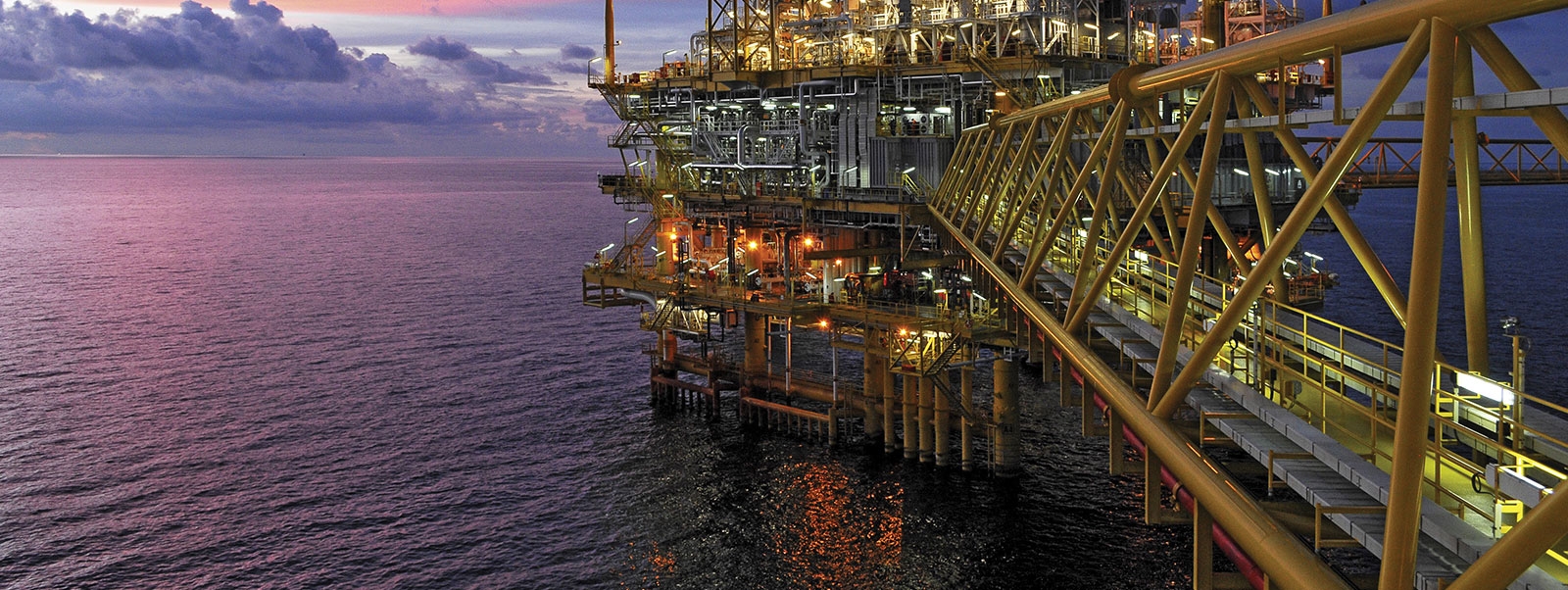Hundreds of offshore drilling platforms and refineries worldwide are reaching – or have surpassed – their design life. Oil and gas firms are drilling at unprecedented depths with new technologies and lack needed experienced operators and engineers. At the same time, penalties for environmental and regulatory violations are climbing. In the past five years, enforcement actions by the United States’ Occupational Safety and Health Administration involving penalties of more than $1 million have risen. Last year, Canada raised the liability for oil spills to $1 billion, up from $30 million in the Atlantic and $40 million in the Arctic.
On many fronts, oil and gas firms are experiencing unprecedented operational hurdles, creating an urgent need for them to develop the ability to understand and reduce variability in their performance. Unfortunately, most are ill-equipped to evaluate the trade-offs that are involved in meeting the challenges of today’s much harsher operating environments.
An unintended consequence of the energy industry’s increased focus on process safety over the past decade has been that managers now equate operational risks solely with safety. Process safety has been separated from operational performance as a whole within energy companies, with the former managed by safety professionals and the latter by operational professionals.
As a result, companies have lost sight of the full breadth of the operational risks affecting site performance. To be sure, process safety (that is, the means of operating hazardous equipment without a major incident) is a natural part of operational excellence. But operational risks range from staffing to maintenance regimes to supply chains. Each of these risks needs to be analyzed and its impact on operations understood as an operational risk, rather than just as a safety agenda item. More important, the analysis should be viewed as all-encompassing, rather than through a purely safety or operational lens.
Many oil and gas firms also fail to examine explicitly the trade-offs involved in managers mitigating operational threats. Consequently, companies are missing opportunities to improve their operating performance by addressing risks that fall short of being catastrophic but that could still have significant impact.
FOLLOWING A DIFFERENT TACK
To address these challenges, companies need to pursue a profoundly different tack to managing operational risks. They must develop a comprehensive view of the company’s tolerance for risks to its operations strategy, implement effective barriers to the threats considered unacceptable and create a corporate ecosystem capable of controlling them in a higher risk environment.
Companies in the vanguard of this paradigm shift, such as Exxon Mobil Corp. and Chevron Corp., already identify and manage sources of volatility to the operational performance of certain platforms and refineries within their diaspora. We believe that more companies need to evaluate the trade-offs involved in managing risks across an entire plant, along with multiple critical strategic considerations such as cost management, safety management and longterm aspirations.
By following three steps listed below, oil and gas firms can manage their operational risks effectively and, in so doing, improve both their process safety and operational performance.
STEP 1 - DEFINE THE APPROPRIATE LEVEL OF RISK
Determining whether or not a risk should be mitigated is becoming an increasingly important front line for competition. Firms are embarking on more complex new projects at one end of the spectrum and coping with aging assets on the other. Leaders and managers must define the level of operational performance that is desirable and then analyze the extent to which the company can, and is willing to, manage the associated risks.
Leaders and managers need to develop their operations strategy from a risk perspective. Some threats, such as a corroded seal that could cause a catastrophic incident, clearly should be managed. Other risks, such as socalled “turnaround activities,” which entail downtime for extensive maintenance and repair work, may or may not be acceptable.
To be effective, a view of acceptable risk must be developed across organizational boundaries. For instance, organizations should prioritize staffing needs across their overall business even though different parts of the business will believe their staffing gaps are the most important. But this can only be achieved if there is an explicit understanding of operational risks and consequences as a whole.
Reaching such an understanding is complicated. It requires a deep examination of the impact of different risks on the performance of a platform or refinery not just today, but across an asset’s entire life cycle. For example, many organizations consider the cost of construction to be the primary operational risk to building a plant. But the materials specified in the plant’s design can have an enormous impact on levels of maintenance required (and availability) over the course of an asset’s life.
STEP 2 - IDENTIFY THE MEANS TO MANAGE OPERATIONAL RISKS TO THE APPROPRIATE LEVEL
Once organizations have agreed on the appropriate levels of risk, they need to understand the actions required to manage risk effectively. Safety professionals talk about putting “barriers” in place to manage risk. We believe this concept should be broadened beyond safety to all operational risks. Such barriers will be specified in most operations, though the extent to which they succeed varies considerably.
To fully grasp performance characteristics and identify improvement opportunities, operational and safety data needs to be combined and analyzed collectively. Much of the expertise needed to drive optimum operational risk performance exists within oil and gas firms. The trouble is that most organizations lack the appropriate data and governance structures to develop the required analytical capability.
Mitigation measures should be tested for effectiveness both in terms of how well they are managing the risk and how well they are being maintained. Otherwise, companies rarely grasp how frequently barriers are breached or how close operations approach a loss of control.
At the same time, organizations should identify significant opportunities for improving their operational performance as their assets are redesigned and degrade over time. Many companies get trapped in a vicious cycle of expensive reactive maintenance to mitigate threats.
Often, companies could more effectively head off predictable problems by considering benchmark data. For example, such data could inform a company’s decision to remove non-core alarms from control panels so that operators can focus on certain critical measures and alarms.
STEP 3 - BUILD A CULTURE OF ENQUIRY
Most important, energy businesses need to develop an operational culture that encourages employees to continually seek areas for improvement. Once the ‘obvious’ areas for better managing operational risk are addressed, it becomes more difficult to identify further opportunities.
A culture of enquiry demands that staff always challenge themselves and others as to whether the appropriate risks are being managed adequately. It is easy for operations staff to accept the status quo (such as out-ofdate engineering drawings). It is harder to create a culture that challenges the received wisdom and does something about it.
Without an ongoing culture of enquiry, organizations will see diminishing returns from their efforts to improve their operational performance. That is one reason why only 40 percent of performance improvement programs are able to sustain benefits after their completion.
But this is usually much more easily said than done. At a high level, senior leaders must demonstrate commitment to operational excellence and assess each business through a risk-based lens. They need to reach agreement on how to develop and implement systems that will assess risks, prioritize them and manage projects and initiatives as well as resources across all businesses. There must also be a system in place to monitor and report conformance.
Senior leaders should also be prepared to communicate and engage staff at all levels to support the company’s new culture, values and processes through workshops, road shows and one-on-one meetings. At the same time, handbooks that describe how the management system is operationalized locally within functions must be developed along with multiyear plans to achieve conformance to key requirements.
A QUIET REVOLUTION
The practices we’ve described above add up to a quiet revolution that will help energy businesses gain significant operational advantages over their competitors. A perfect storm of operational risks threatens to exacerbate the present volatility in the operational performance of many companies.
But we believe those energy players that set operational priorities and change the manner in which safety and operational managers interact with each other will significantly improve their operational performance.
Management teams will also be better able to reward shareholders, employees, customers and communities.
by: BILL HEATH, RYAN MCMASTER & DAMIAN WEST







